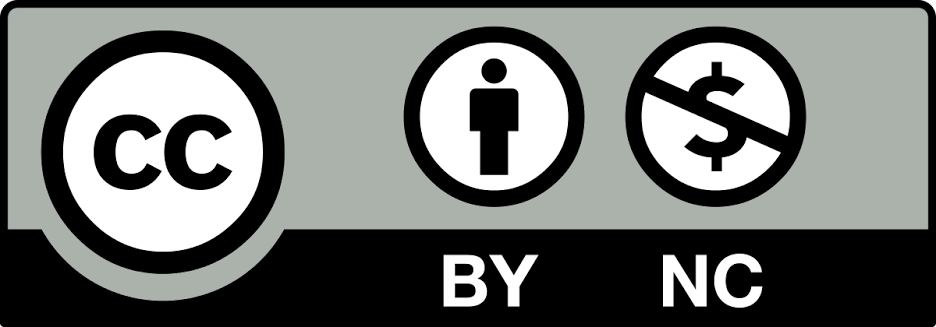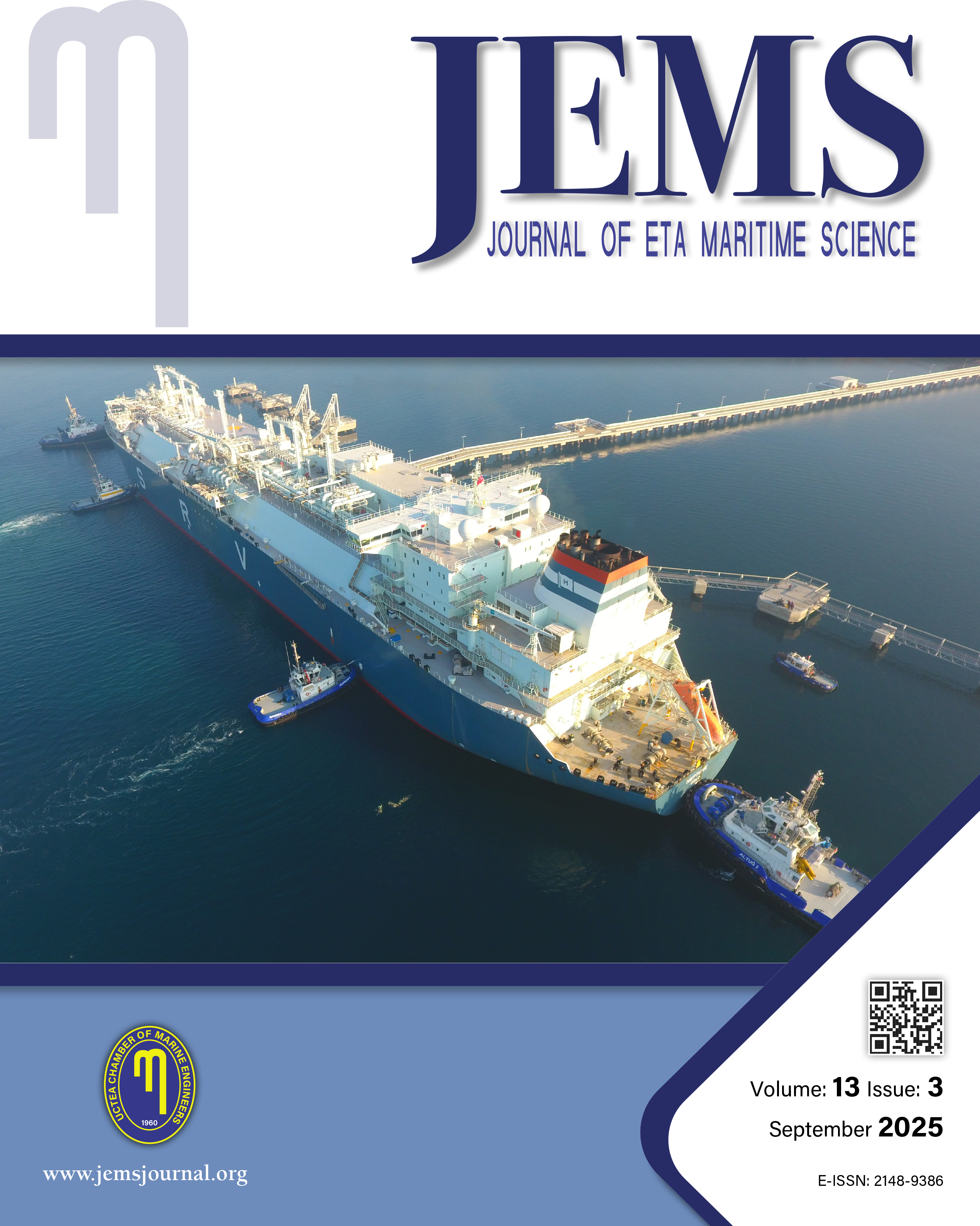

JEMS apply the Creative Commons Attribution NonCommercial 4.0 International Licence to all manuscripts to be published
Formal Safety Assessment of the Connection of the Sunda Strait and Java Sea Through the Implementation of IMO Routeing Measures
Taufik Fajar Nugroho, Ketut Buda Artana, Anak Agung Bagus Dinariyana, Zayyan Fakhri Suwardana, Febro Helios JavanicaInstitut Teknologi Sepuluh Nopember, Department of Marine Engineering, Surabaya, IndonesiaSafety management of maritime traffic is crucial for archipelagic states such as Indonesia, especially in areas like the connection between the Sunda Strait and the Java Sea. This study proposes a traffic lane design using the IMO routeing measures, employing the Formal Safety Assessment scientific method. The study recommends implementing Traffic Separation Schemes (TSS), precautionary areas with a recommended counterclockwise route, and inshore traffic zones. Results indicate that TSS is more effective in reducing collision frequency compared with two-way routes, with a counterclockwise flow further mitigating crossing situations. The proposed measures, particularly Risk Control Option 3, show a 54% reduction in collision frequency compared with the existing conditions. However, despite improvements, collision frequencies remain intolerable, necessitating additional strategies. The total collision frequency for all proposed measures is deemed unacceptable, requiring further methods to enhance safety. The economic evaluation shows potential savings, with estimated values for Gross Cost of Averting Fatality and Net Cost of Averting Fatality at US$ 3.21 million and US$ 2.9 million, respectively. Thus, while the proposed measures demonstrate some efficacy, additional strategies are imperative to adequately address collision risks in the designated area.
Keywords: IWRAP, maritime traffic, collision frequency, routeing measuresManuscript Language: English
(1207 downloaded)










